Home Design: Bathroom Essentials
The bathroom is still basking in its new-found status as one of the most important rooms in the house.
What we’re all after, it seems, is boutique hotel-style luxury and designer details, along with easy maintenance – something that falls between a sober, utilitarian space and a relaxing sanctuary.
Ways to buy
“Bathrooms are among the most complicated home improvement projects that people undertake,” says Geoff Wells, planning expert for Dolphin bathrooms, adding that people routinely underestimate budgets because there are so many elements to consider aside from the cost of the suite itself.
The price of ripping out (if you’re refurbishing), plumbing, electrical and decorating does add up, and although a suite can cost as little as £400 at B&Q, that’s just the start: add some designer taps, bespoke furniture and a glass shower screen with acres of glass and it will probably push the cost well into the tens of thousands.
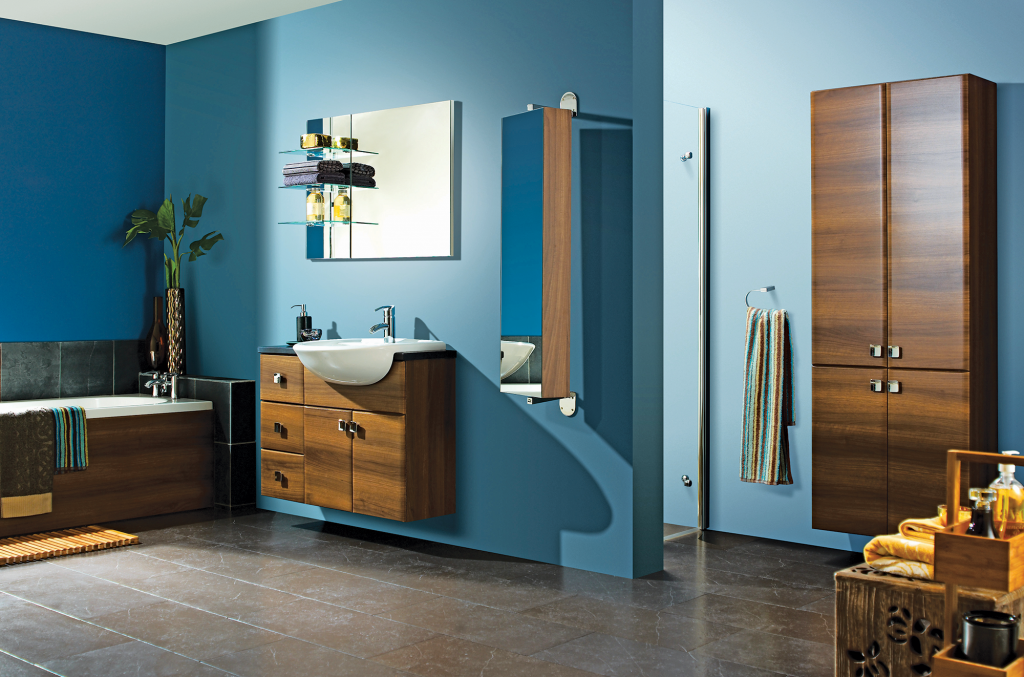
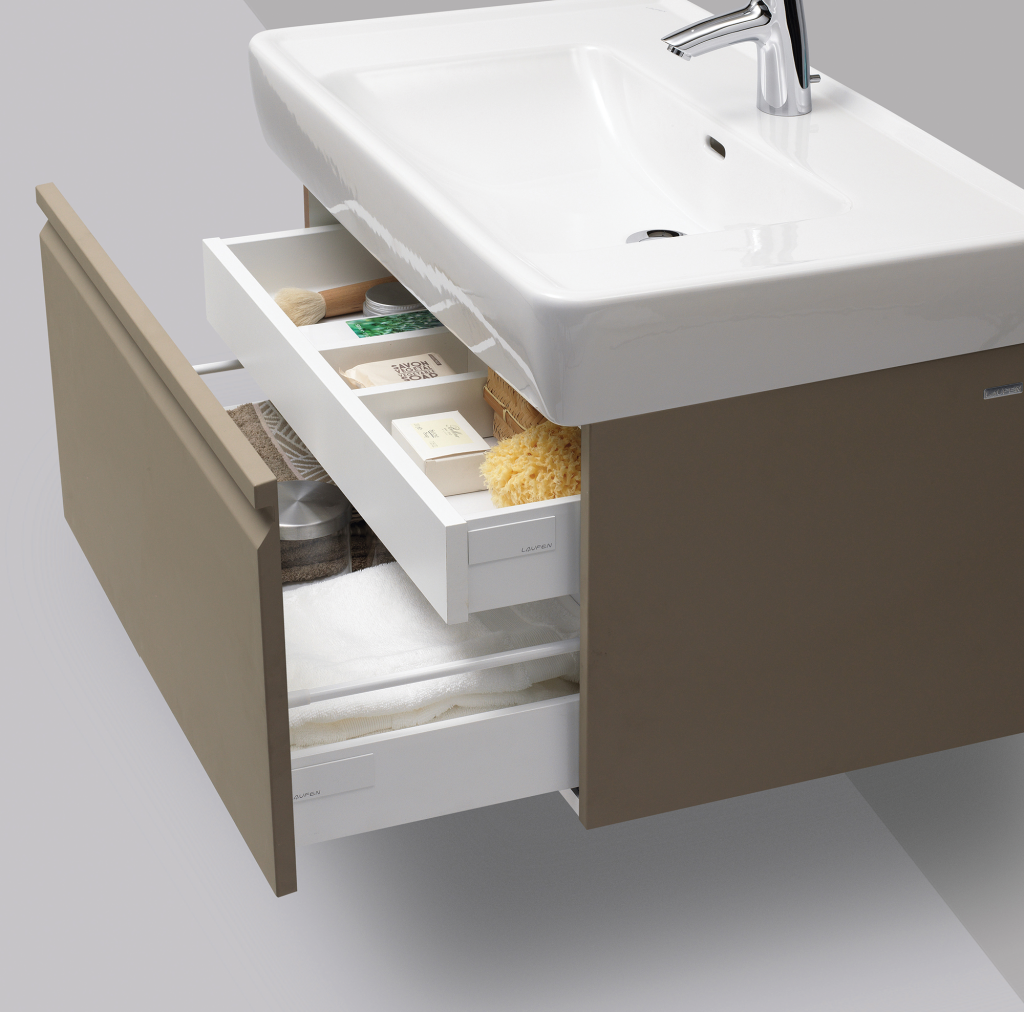
As a self-builder, you could leave it in the hands of your builder, drawing up what’s expected of them when they’re contracted. If you want to save money – or you want to source a variety of products that are beyond what you might get at a builder’s merchant – then plan what you want and contract the separate trades yourself. By doing the plumbing yourself (where appropriate), you could save £2,000-plus.
Alternatively, you could use a supplier’s in-house design, supply and fit service, either through the big DIY chains, a specialist bathroom supplier such as Bathstore or Dolphin, or an independent showroom.
You’ll get a personal service, payment options, guaranteed workmanship and a wide (but not necessarily exhaustive) choice of products and brands. Dolphin’s bathrooms, for example, can cost from £6,000 all-in, including design, labour and installation costs of the suite, plus tiling and furniture etc.
What’s your system?
It’s critical to match your appliances to your hot-water system. Older, gravity-fed systems (a cold water tank in the loft that feeds into a hot-water tank in your airing cupboard) will need an additional pump for the shower (a ‘power shower’ has the pump built in) and possibly for the taps, too.
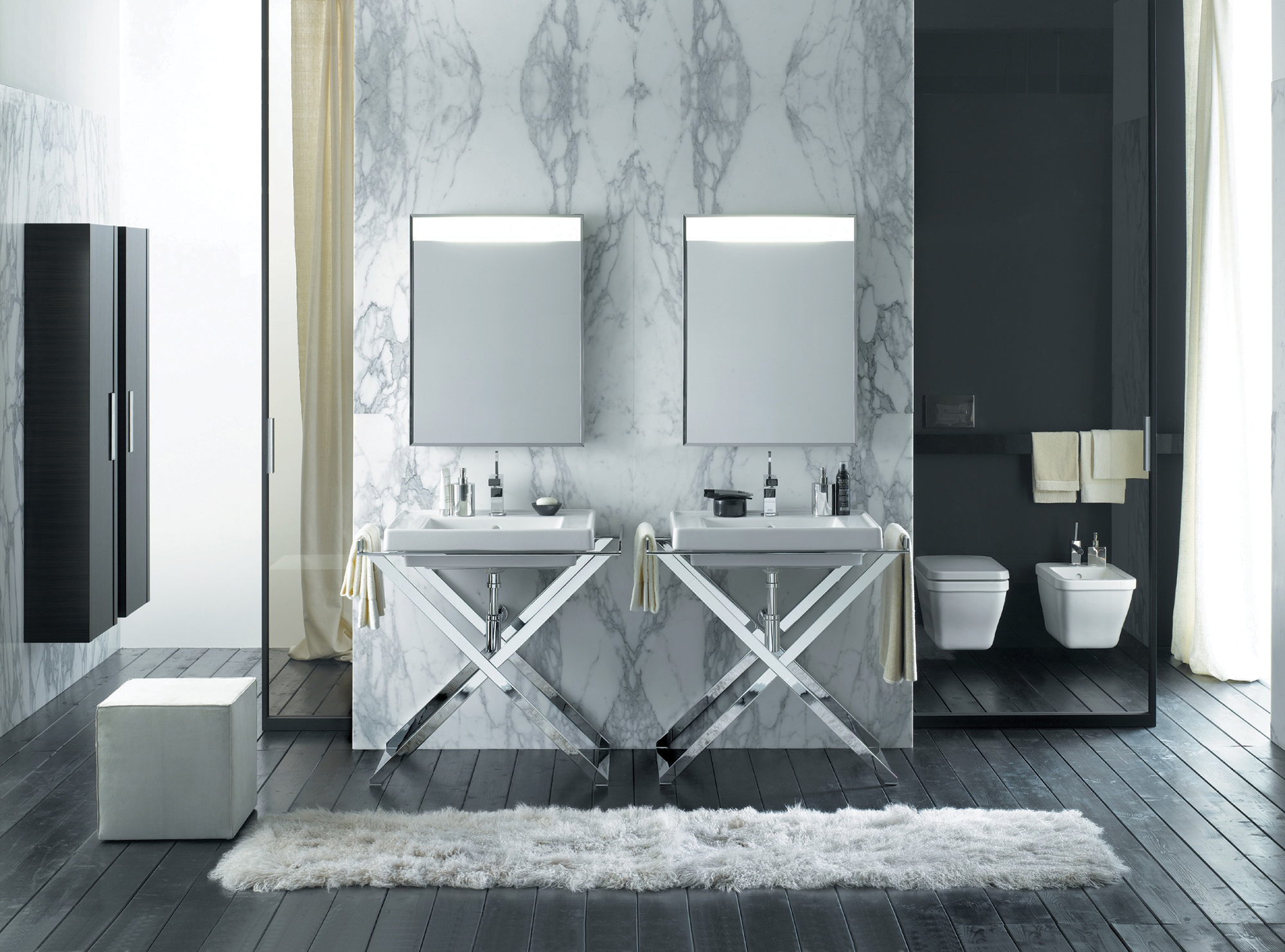
If they are not fitted properly, combi boilers may have an uneven flow rate, which can cause shower problems, and a pump cannot be used here. Make sure you do a pressure test (kits are available at DIY stores) to check that your chosen products are compatible with each other.
Expert planning tips
Walking that design tightrope between practicality and aesthetics isn’t that easy, given your probable space restrictions, and the number of different functions (and people) your bathroom serves.
“Form should always follow function; your new bathroom should work on a practical level first, then an aesthetic one,” says Clare Gauci, senior designer at London kitchen and bathroom showroom Urban Interior. “That’s not to say a functional bathroom can’t be stylish – the latest furniture and sanitaryware offerings work hard to combine the two.”
Think about your household’s habits. Double sinks could be a good idea if there’s a rush to get ready in the morning, and if you like a speedy but powerful shower then a large walk-in model could work best.
Make a scaled floorplan using graph paper or an online planner, and add in the elements you need, not forgetting storage, lighting, heating and ventilation. Remember that if you’re refurbishing an existing bathroom, moving the pipes around will have a cost implication, and moving the WC (and hence the soil pipe) requires even more work, so always factor this into your budget.
Storage is essential for hiding the clutter. “Fitted furniture is a good solution, but you can overdo it and it ends up looking like a fitted kitchen,” says Dolphin’s Geoff Wells. “I recommend wall-hung units in small bathrooms. If you put everything on the wall you keep that spacious feel because you expose the entire floor area, and you can mop underneath, making cleaning easy.”
If you’re on a budget, go for affordable sanitaryware and more expensive brassware and tiles, advises Lesley Taylor of Cardiff interiors specialists Taylors Etc: “It’s often the finishing touches that will have the most impact so by specifying high-quality products , you can easily add value.”
She also says: “Try to select one focal feature, be it a freestanding tub, mosaic wall mural or colour-changing shower head. One ‘look at me’ piece will give the space depth and character without looking OTT.”
Rules and regulations
Whether your refitting an existing bathroom or starting from scratch, you’ll need to conform to the rules concerning ventilation, draining, electrics and structural stability. Single-joist timber floors will need to be strengthened, so that they can take the weight of a full bath, for example.
Bathrooms and cloakrooms are required to be externally ventilated – a window counts, although your bathroom doesn’t have to have windows if it has an extractor fan (for a new room with a bath or shower, your extractor fan is required to extract 15 litres per second, with a 15-minute overrun after the light’s been switched off).
Materials and finishes
Robust, and above all, waterproof, finishes are the key to durability: it sounds obvious, but it’s easy to get distracted with so much on the market. Non-slip floors are a must, with porcelain or ceramic tiles the most obvious choice in terms of price, variety and water-tightness: choose textured designs for good grip, or smaller tiles (the extra grouting makes it less slippy). Stone, engineered timber boards, vinyl and rubber are also all very suitable.
For walls (at least, the parts that will get wet), tiles are again ideal, as is natural stone. Waterproof laminate panelling, such as Showerwall, is another option for walls: it comes in various effects and colours, so you can have a single unbroken finish all around the room.
Browse the gallery for more design options:
Choosing a design
Gemma Corder at Littlejohn Bathrooms pinpoints three key trends: softer, curvy shapes taking over from hard edges; dark timber units in wenge, rosewood and walnut replacing lighter birch and oak; and much more stylish ‘designs for life’ for those with mobility issues who don’t want to compromise on good looks. Look out for baths in the latest composite materials, which are silky and warm to the touch and can produce amazing sculptural shapes.
Freestanding baths continue to be really popular, either in traditional or clean-lined modern shapes. Nature is also a big influence, with pebble-shaped baths, exotic wood veneers for cabinets and textured stone tiles.
Bright cabinetry and accessories in pink, orange or green will inject some fun – or invest in a traditional cast-iron freestanding bath and paint it whatever colour you like. Built-in consoles with deck-mounted sinks are seriously stylish at the moment. What’s great is that they’re practical as well. They’re neat and tidy, provide extra storage, and hung on the wall so you can clean underneath.
Shower power
When it comes to showers, technical innovation has resulted in a big trend for the minimal look: frameless screens (see case study, left) that do away with the need for bulky plastic or metal surrounds, low-profile shower trays (such as Matki’s Continental 40 range) and simple-looking controls.
Conversely though, showers are getting bigger, with walk-in designs and rain showerheads. If you’re water-conscious, look for aerated showerheads like Mira’s Eco range, or the Drench showerhead, from Konserve.
For spa-style luxury, upgrade to a wet room (see box, above), install a steam shower or compact sauna/steam unit (see Di Vapor, below for some examples); or add a jet shower panel for an invigorating morning wake-up call.
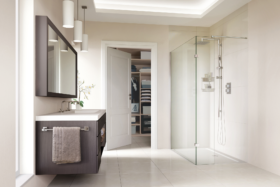
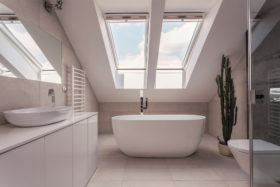


















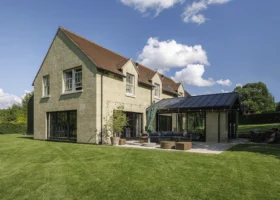
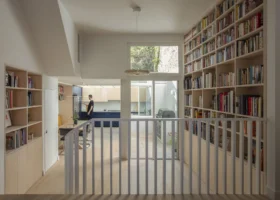
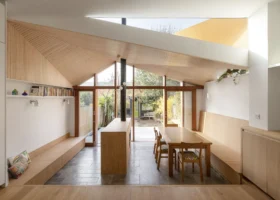






































































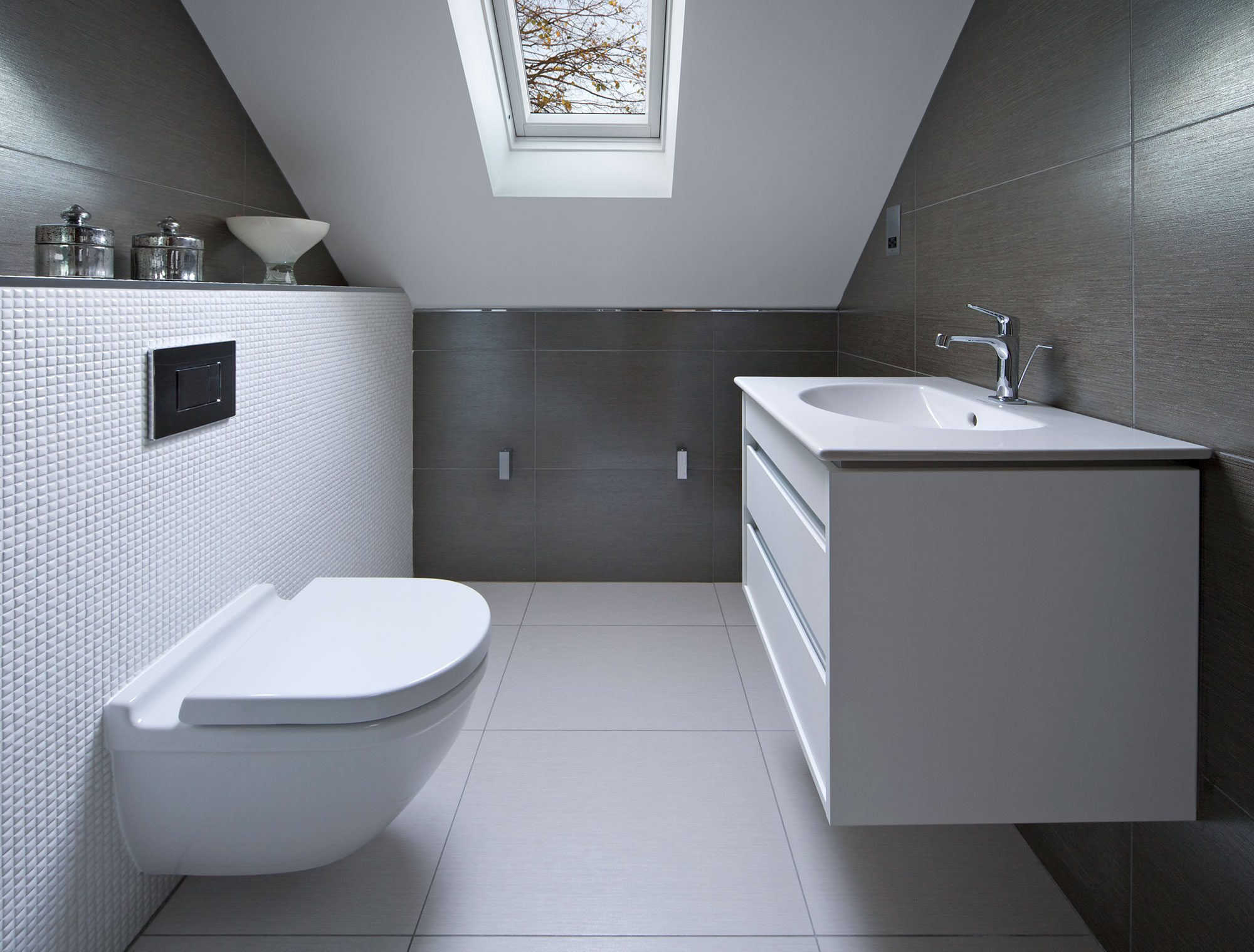
 Login/register to save Article for later
Login/register to save Article for later

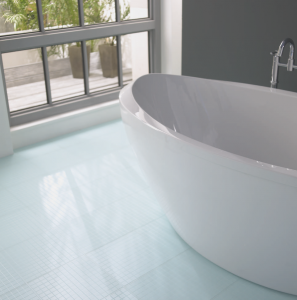
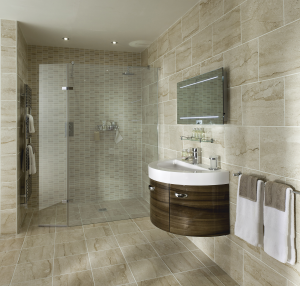
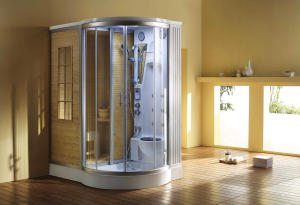
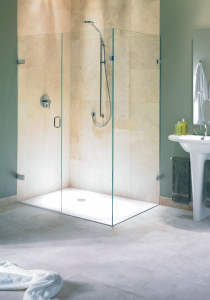
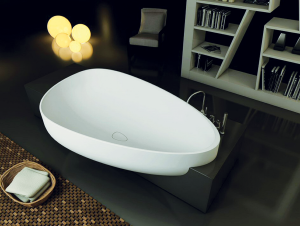
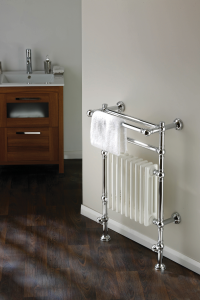
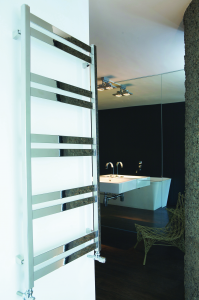

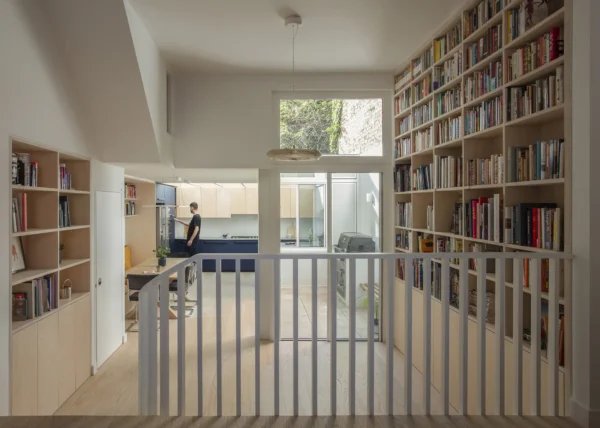
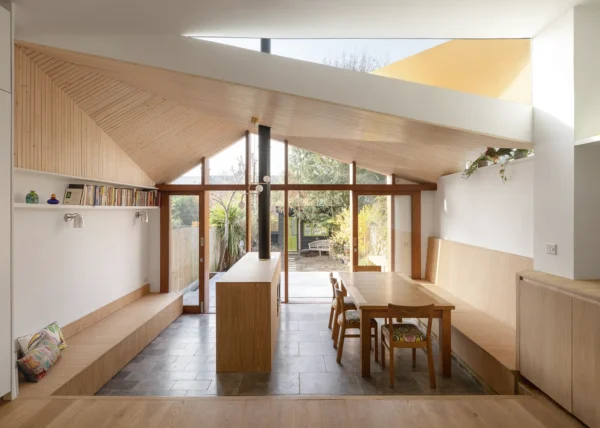

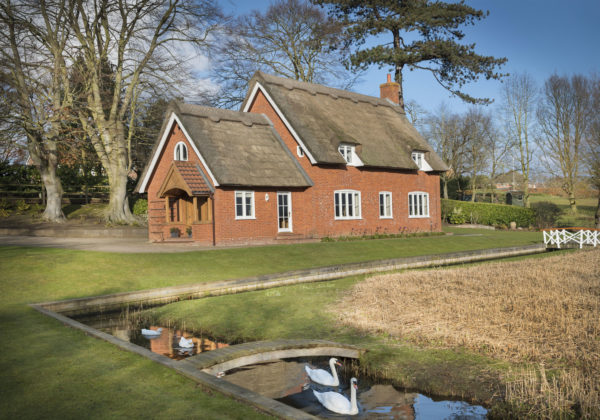
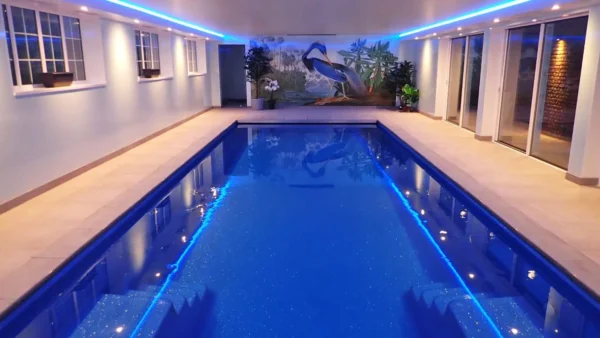
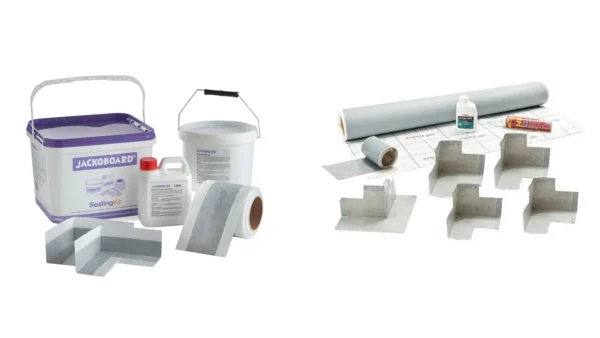





Comments are closed.